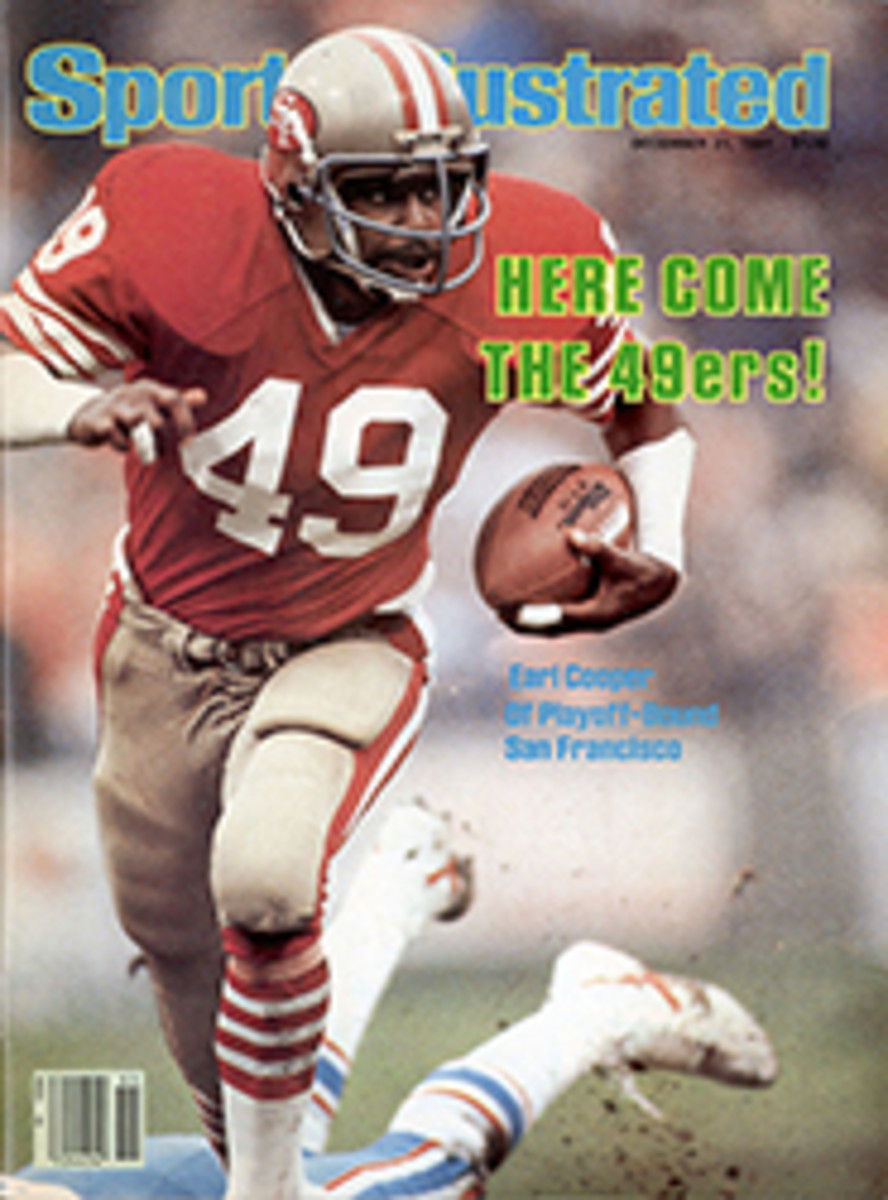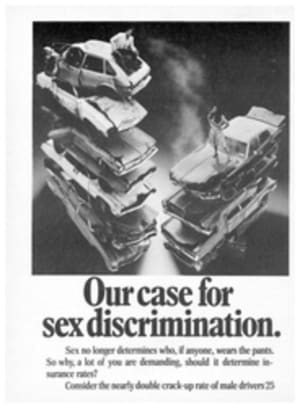
There's no cagin' the Cajuns
Yes, the livin' is all kinds of easy these days in Lafayette, La., the hub of the Gulf Coast's rich oil and gas industry. Reports of Lafayette's millionaires driving their helicopters to the local fast-food restaurants (as published recently by the National Enquirer) may be exaggerated, the townsfolk say, but it has often been claimed that Lafayette has more millionaires per capita than any other city in America. And that may well be true, because Lafayette reportedly numbers more than 1,000 millionaires among its less than 100,000 citizens. Says local attorney Sid Landry, "Yes, a lot of folks are doing all right here."
And so is the University of Southwestern Louisiana's basketball team, the primary source of diversion for Lafayette's well-to-do citizenry, which raised its record to 8-0 with victories over the University of the Pacific (67-61) and Fresno State (57-51) in its own Bayou Classic last weekend. The Ragin' Cajuns have beaten the big (Georgetown) and the small (Siena Heights), the fast (Marquette) and the slow (Fresno State). They've been winners in the Deep South, as when they defeated Southern Mississippi 66-64 on Center Dan Gay's jump shot with five seconds left; and they've been winners in the far north, hammering Georgetown, Washington State and Marquette en route to the championship of the Great Alaska Shootout.
Thus has a team that once lived in the NCAA's darkest doghouse clawed its way back into the sunlight. For two long seasons (1973-74 and 1974-75) the Cajuns were prohibited from even playing NCAA basketball after having been cited for more than 100 recruiting violations committed during the regime of former Coach Beryl Shipley. The suspension followed the glory days of Bo Lamar, who led the Cajuns to a 24-5 record and to as high as No. 4 in the polls during the 1972-73 season. The penalty would have devastated many programs, but Southwestern Louisiana has come back fast.
"Our philosophy was to just look at the bright side of it," says Coach Bobby Paschal, who came to Lafayette as an assistant to Jim Hatfield in 1975-76 and got the head job in 1978-79 when Hatfield left for Mississippi State. "By starting over, we could promise a great opportunity for a lot of kids, a great chance for them to play right away. We still had a good schedule, and we were still going to play an up-tempo running game that would please the fans." Fortunately for the program, Andrew Toney chose Southwestern Louisiana the year after the NCAA suspension was lifted. "He gave the program an immediate legitimacy," says Paschal. Toney who now plays for the 76ers, finished his four years as the Ragin' Cajuns second-leading alltime scorer behind Lamar.
No one denies that Southwestern Louisiana has returned as a major basketball school, but doubts still persist about whether this year's Cajuns belong among the nation's elite. Though the team's accomplishments in Alaska were impressive, its subsequent five wins through last weekend had all come in friendly Black-ham Coliseum where messages like REFS MAY NOT SEE, BUT BET THEIR EARS ARE RINGING flash across the scoreboard. And even the most die-hard Cajun booster, of which there are many in Lafayette, must wonder why his team always seems determined to play dead for spells during almost every game.
For example, the Cajuns fell behind Pacific by 10 points late in the first half of their opening game in the Bayou Classic and had to struggle in winning by six. This shouldn't happen to a Top 20 team in its own tournament against the likes of Pacific. That led some observers to believe that Southwestern Louisiana's winning streak would come to an end in the title game against Fresno State. The Bulldogs carried a 5-0 record into the final, including a 46-44 win over Mississippi in their tournament opener, and badly wanted a victory over the Cajuns as a boost to their own Top 20 chances. It seemed that Fresno State's tough textbook defense—the Bulldogs were the stingiest team in the country last season, allowing 50.7 points a game—and patient offense would be too much for Southwestern Louisiana. Sure enough, eight minutes into the championship game, Fresno State led 16-7 and was still up 30-25 at halftime.
The Cajuns awaken from their lulls in the classic manner of good run-and-gun teams: by revving up the tempo and getting the ball to the hot hand on the break. Against the Bulldogs, the hot hand belonged—as it does much of the time—to senior Guard Alford Turner, the tournament's outstanding player. With Southwestern Louisiana trailing 34-30 four minutes into the second half. Turner hit four consecutive jumpers and a free throw to put the Cajuns ahead 39-36. Then, when Fresno State started crowding Turner outside, sophomore Forward Dion Brown scored three straight times inside, and the Cajuns, ahead 47-40, never relinquished the lead.
Though Southwestern Louisiana, like most up-tempo teams, has a tendency to be erratic, Paschal does have players who know their roles, even though they don't always play them to perfection. That may keep the Cajuns in or near the Top 20—SI ranks them 19th this week—and will certainly make them the favorites in the Southland Conference.
There's no secret what the 6'2" Turner's role is: to score the way Lamar did in the late '60s and early '70s and as Toney did a few years later. So far this season, with an 18.9-point average, he has done pretty much that. A transfer from Polk (Fla.) Community College, where he was the second-leading junior-college scorer in the nation (31.4 average) two years ago, Turner was used as the Cajuns' playmaking guard most of last season and scored only 10.1 points a game. He is much more comfortable this year throwing his off-balance shots from the off-guard spot.
Everyone calls Turner "Pop," a nickname his mother inexplicably hung on him in infancy. "Sometimes even I wonder what my name really is," says Turner, who attended Winter Haven (Fla.) High, which also produced Otis Birdsong. "I get money orders from my mom and she spells my name 'Alfred' on them. I say, 'Mom, what's my name?' " Alford is correct, though after Turner's 42 points in the tournament, Pacific and Fresno State were calling him other names.
The new point guard, Johnny Collins, is such a steadying influence that he's still in the lineup despite shooting only 38.6%. A transfer from Skyline College in San Bruno, Calif. on a team that needs steadying, Collins came to Southwestern Louisiana partly because of sophomore Forward Graylin Warner; they were teammates at Booker T Washington High in New Orleans. Warner didn't have a particularly good tournament, with 25 points and six rebounds, but he's averaging 14.8 points per game as one of America's skinniest (6'8", 170 pounds to be generous) forwards. Paschal once tried to put Warner on a weight program, but when Warner began to lose weight, Paschal took him off it "before he disappeared." The 6'9", 221-pound Gay is a power center, who shoots only seven times a game and averages about eight rebounds.
But despite all this talent, the most important reason for the Cajuns' success has been Brown, an unheralded sophomore power forward. Though he shot poorly (5-of-15) in the tournament, he was still at 53% for the season and was leading the team in rebounds. He had 14 against Fresno State. Fate helped bring Brown to Southwestern Louisiana. On his recruiting visit, he watched as "that guy with the same first name as mine hit a shot at the buzzer." That was Dion Rainey, whose last-second basket beat the University of Alabama-Birmingham in the NIT two years ago.
The Cajuns have the classic sixth man who gets things going offensively in sophomore Alonza Allen, Florida's top scholastic prospect two years ago. The 6'6" Allen has been used mainly at guard, but as the team's best leaper and an excellent offensive rebounder, he plays up front, too. And Southwestern Louisiana even has the obligatory team flake in Substitute Center Bruce Pringle, nicknamed The Vanilla Gorilla because of his size (6'10", 235) and color. He and Guard John Perret are the only two whites on the roster. "Actually, to the guys on this team I'm not considered white," says Pringle, who hails from Ontario. "We say we have all blacks, except for one white and one Canadian."
If Pringle is like many of Southwest Louisiana's students, he'll stick around town after graduation, adding a spoonful of Canadian influence to the blend of French, Cajun and black culture that makes Lafayette unusual. Although the city is relatively small, its wealth and the existence of Southwestern Louisiana, perhaps the fastest-growing university in Louisiana, give it a big-city feel.
There's been no friction between the predominantly black basketball team and the predominantly white Lafayette townspeople. Indeed, most of the Cajun basketball heroes—Lamar, Toney, Fred Saunders and, now, Turner—have been black, and the rabid white fans at Black-ham Coliseum often seem contemptuous of "these white boys" who have no business playing on the same floor with their team.
"I'd never leave this place," says Lamar, who now works for a filtration company and does color commentary on Southwestern Louisiana's basketball network. "The people are friendly and hardworking. And there's good food and good parties. Everything you could ever want is right here."
Including a Top 20 basketball team.
PHOTO
Pop popped in 23 against Fresno State.

